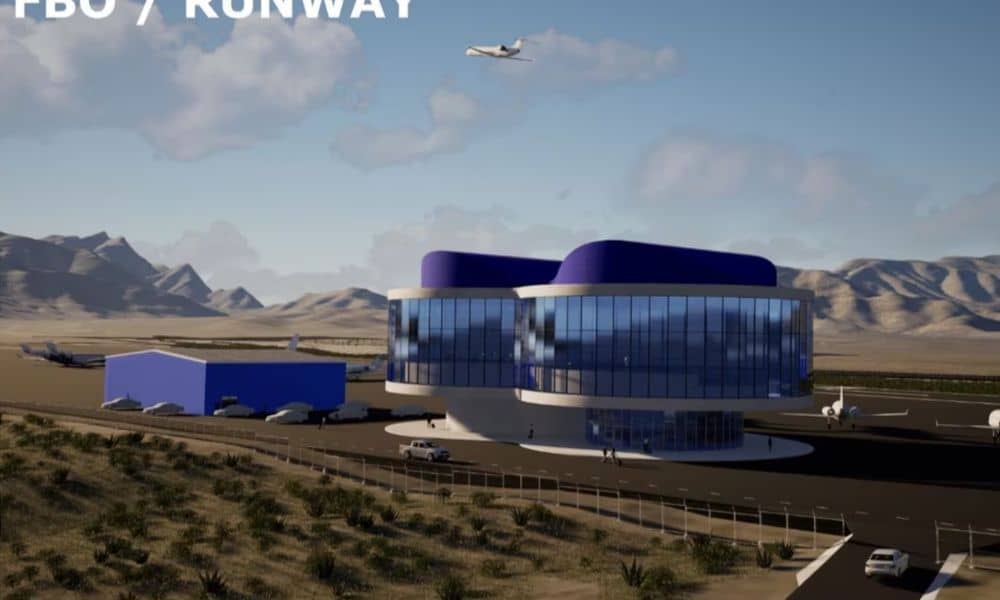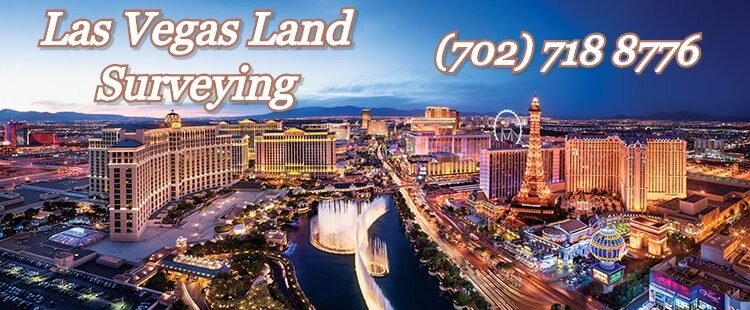Las Vegas Spaceport Project Moves Forward

The Las Vegas Spaceport represents a bold and visionary endeavor, aiming to position Las Vegas as a central hub in the burgeoning space tourism industry. This ambitious project seeks to blend aerospace innovation with the city’s renowned hospitality, creating a unique destination for space enthusiasts and travelers alike.
Project Location and Scope
Situated on a 240-acre site near the border of Clark County and Nye County, the proposed spaceport is approximately a 45-minute drive from Las Vegas. The development plans include a spaceplane runway, a control tower, a flight school, and a 200-room casino resort, integrating aerospace facilities with luxury accommodations.
Development Phases and Approvals
The project is structured into multiple phases:
- Phase One: Construction of the Las Vegas Executive Airport, featuring an airstrip designed to accommodate private jets. This foundational phase received unanimous approval from the Clark County Commission in May 2024.
- Phase Two: Development of a terminal and hangars to support private aviation services, enhancing the airport’s capacity and services.
- Phase Three: Addition of a hotel and casino to attract tourists and space enthusiasts, integrating entertainment with aerospace activities.
Regulatory Approvals and Milestones
In July 2024, the Federal Aviation Administration (FAA) reviewed the proposal and determined that the planned airport would not adversely impact the surrounding airspace, allowing the project to proceed.
Recent Developments
As of February 26, 2025, representatives of the Las Vegas Spaceport presented their plans to the Nye County Water Board, addressing local concerns and discussing the project’s impact on the community.
Future Plans and Vision
The ultimate goal is to support space tourism by providing facilities for spaceplanes and related aerospace activities. The development strategy includes:
- Phase One: Construction of the airstrip to accommodate private jet operations.
- Phase Two: Development of a terminal and hangars to support private aviation services.
- Phase Three: Addition of a hotel and casino to enhance the facility’s appeal to tourists and space enthusiasts.
Financial Aspects and Challenges
The estimated cost of the project is $310 million. As of mid-2024, the developers had secured $10 million in pledges, contingent upon receiving necessary approvals from regulatory authorities. Securing additional funding remains a significant challenge for the project’s advancement.
Technological and Infrastructure Components
Key infrastructure components include:
- Spaceplane Runway: A specialized runway designed to accommodate spaceplanes, facilitating horizontal launches and landings.
- Control Tower and Flight School: Facilities to manage air traffic and provide training for aspiring space pilots, contributing to workforce development in the aerospace sector.
Hospitality and Tourism Integration
The planned 200-room casino resort aims to offer luxury accommodations, gaming facilities, and entertainment options, creating a unique destination that combines space tourism with Las Vegas’s vibrant hospitality industry.
Environmental and Community Considerations
Environmental impact assessments are integral to the project’s planning process, ensuring sustainable development practices. Ongoing community outreach efforts aim to involve local residents and address any concerns related to the spaceport’s development.
Comparative Analysis
When compared to other spaceports globally, the Las Vegas Spaceport’s integration with a casino resort and its proximity to a major tourist city distinguish it as a unique venture in the aerospace industry.
Stakeholder Perspectives
Developers and investors view the project as a pioneering step in commercial space travel, while local communities express both excitement and concerns regarding environmental and infrastructural impacts. Continuous dialogue aims to balance these perspectives.
Potential Challenges and Mitigation Strategies
Challenges include securing additional funding, adhering to regulatory requirements, and addressing environmental concerns. Mitigation strategies involve strategic partnerships, comprehensive planning, and transparent communication with stakeholders.
Projected Economic and Social Impact
The spaceport is expected to create job opportunities, stimulate economic growth, and position Las Vegas as a leader in space tourism. Educational programs associated with the flight school may inspire interest in STEM fields among local youth.
The Las Vegas Spaceport embodies a forward-thinking approach to space tourism, merging aerospace innovation with the entertainment capital’s allure. As the project progresses, it holds the potential to redefine travel and tourism in the 21st century.
